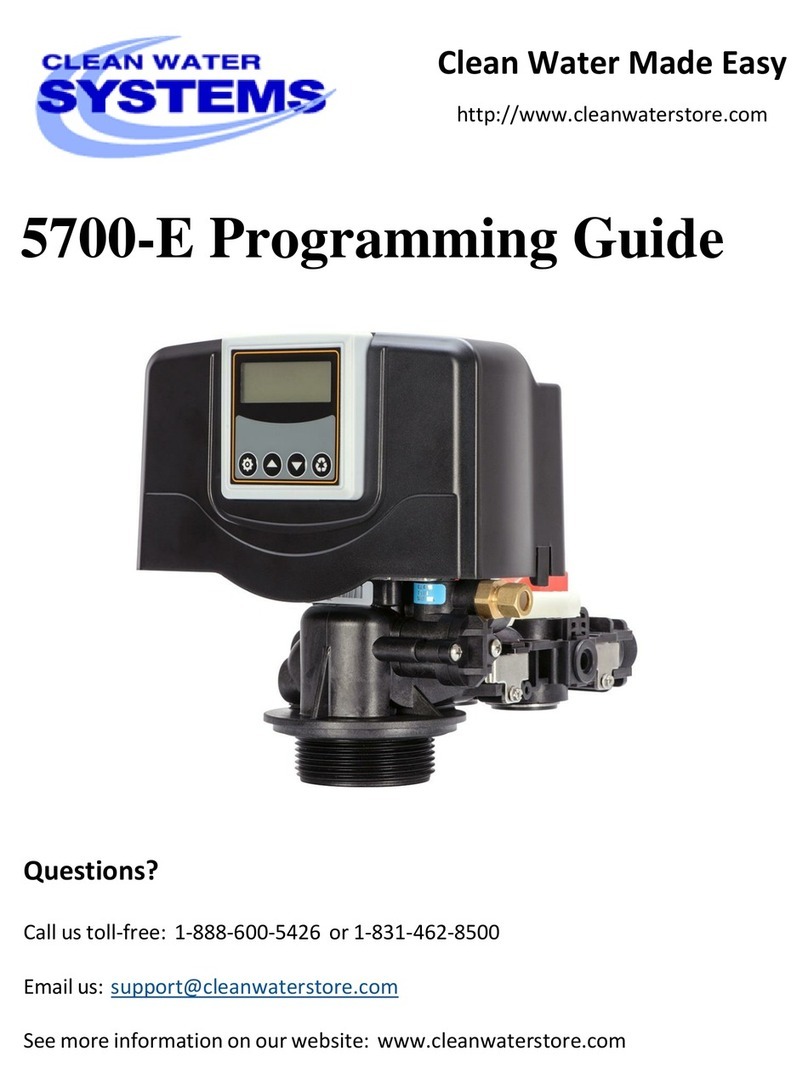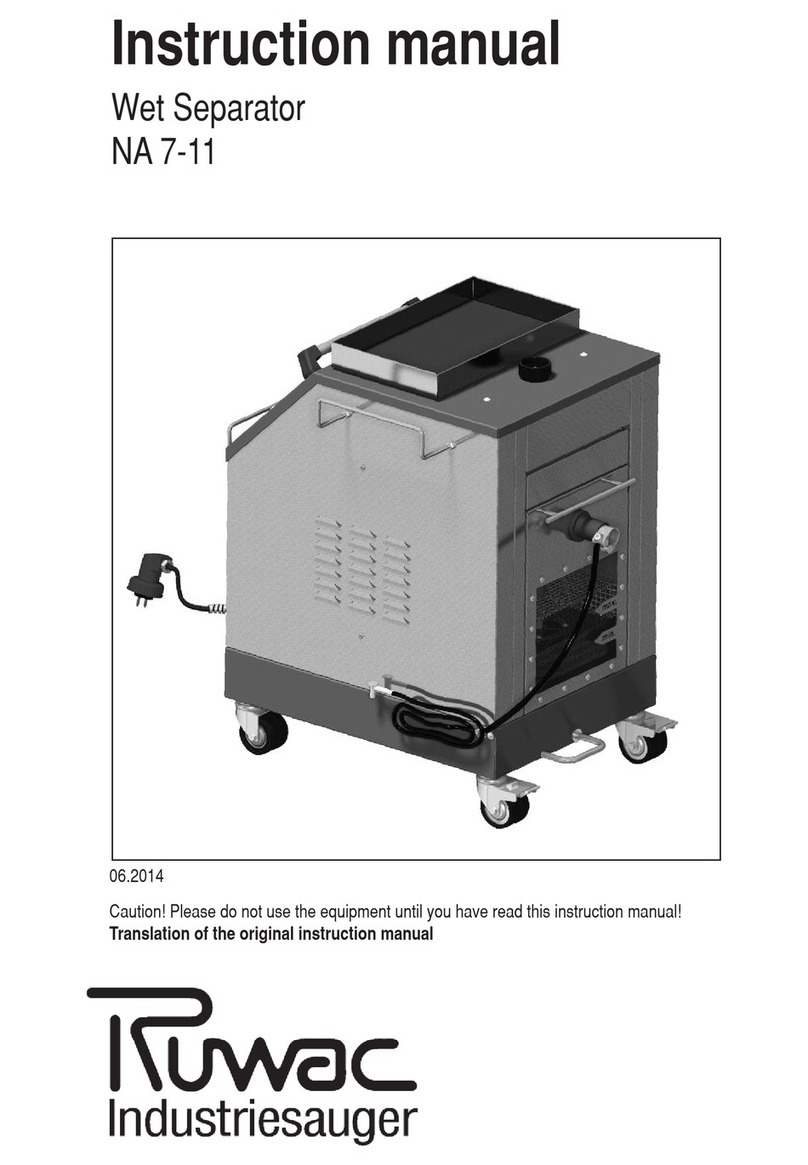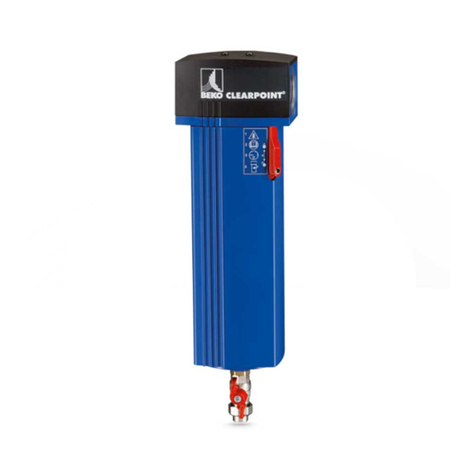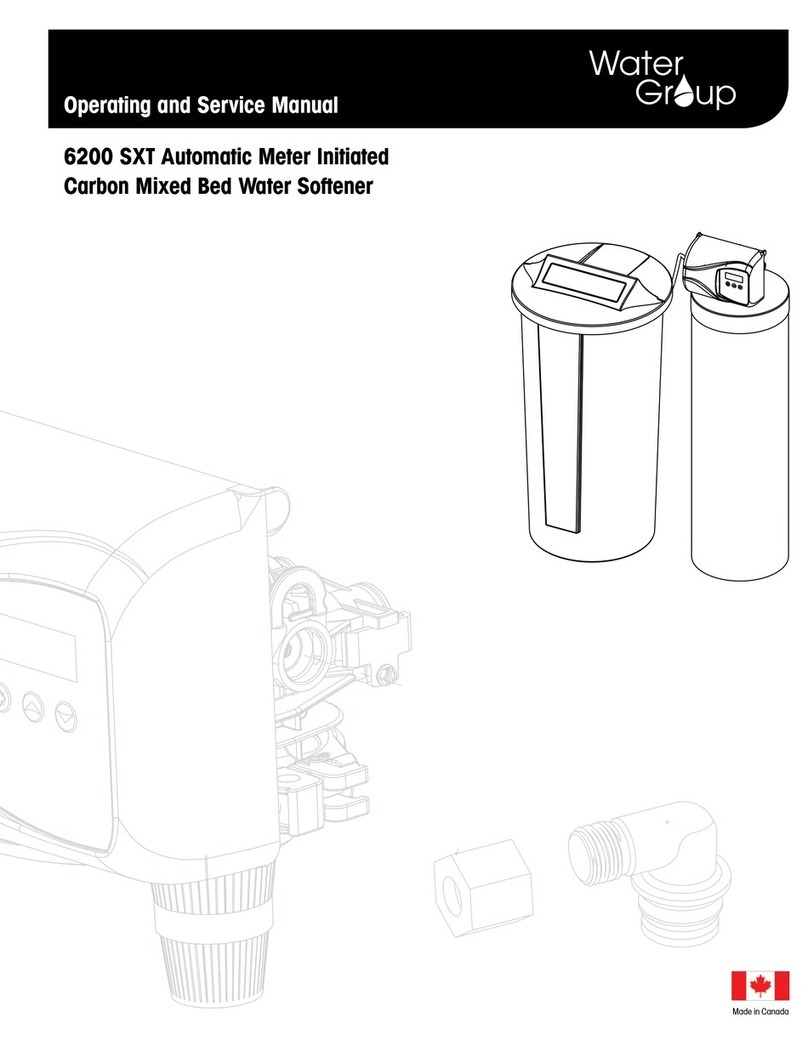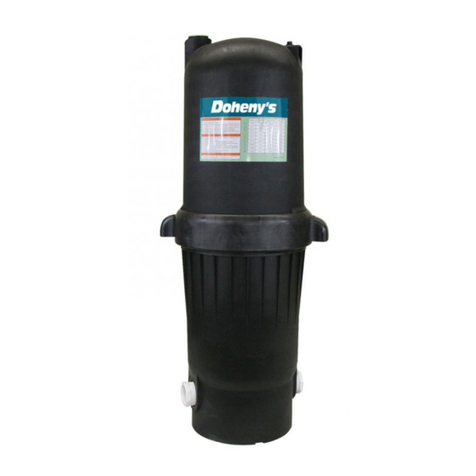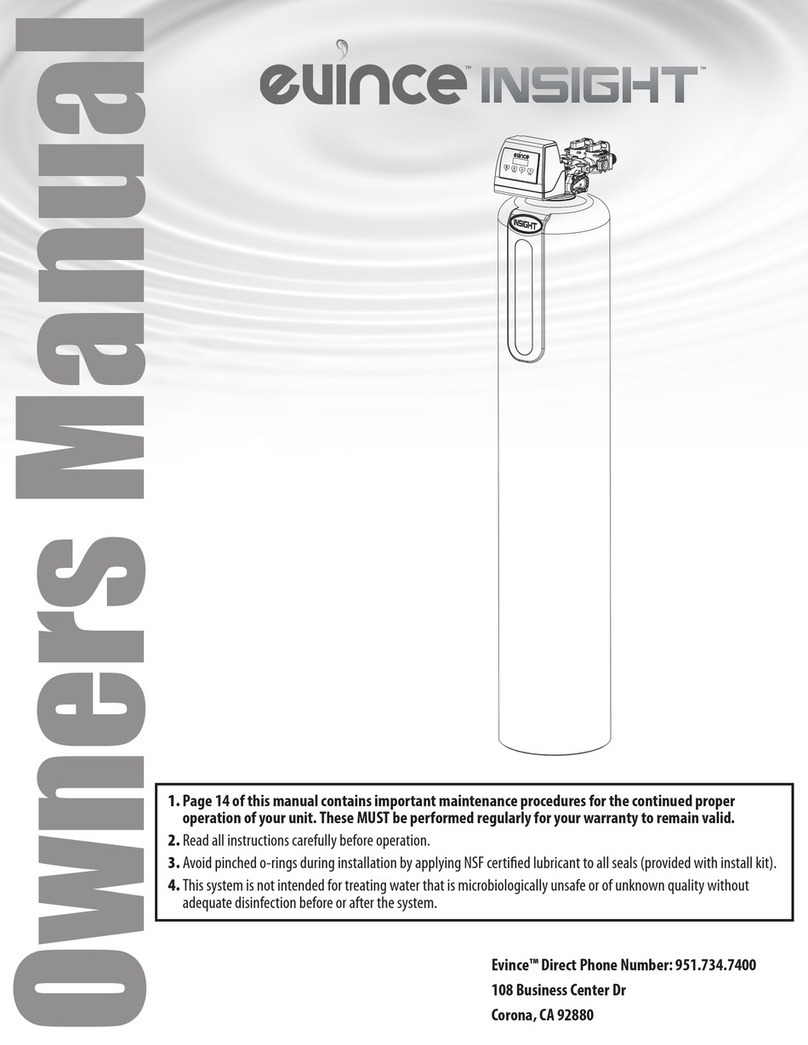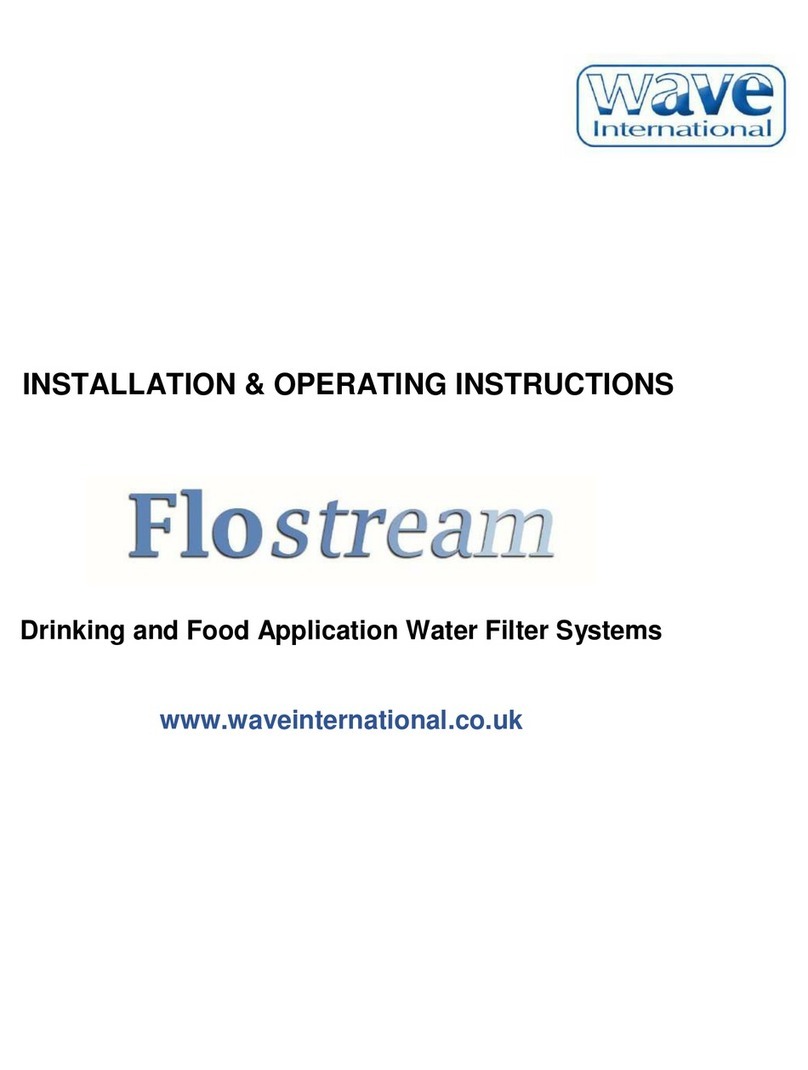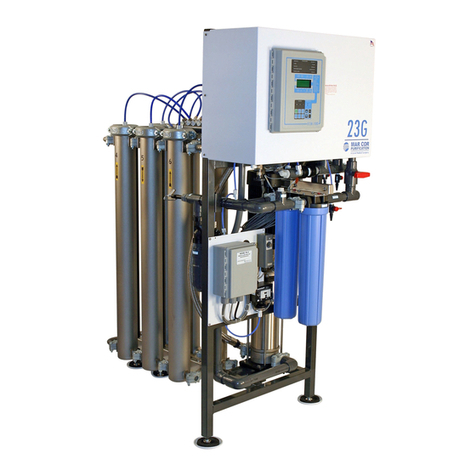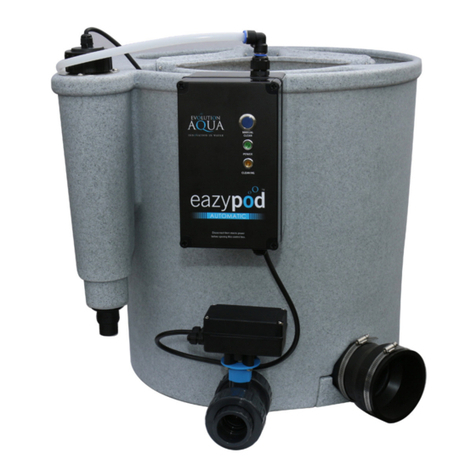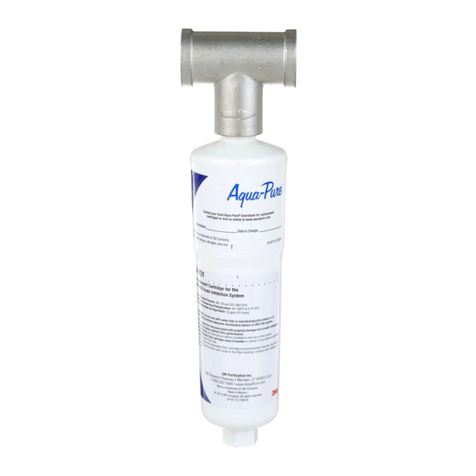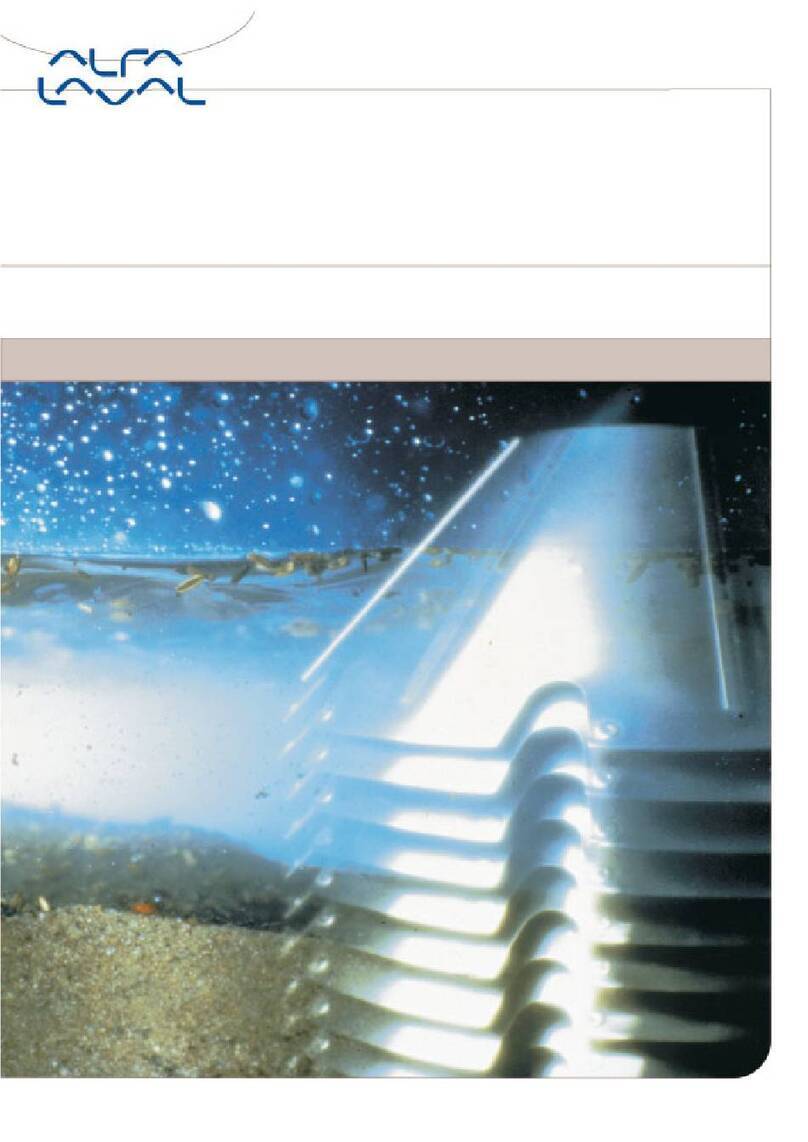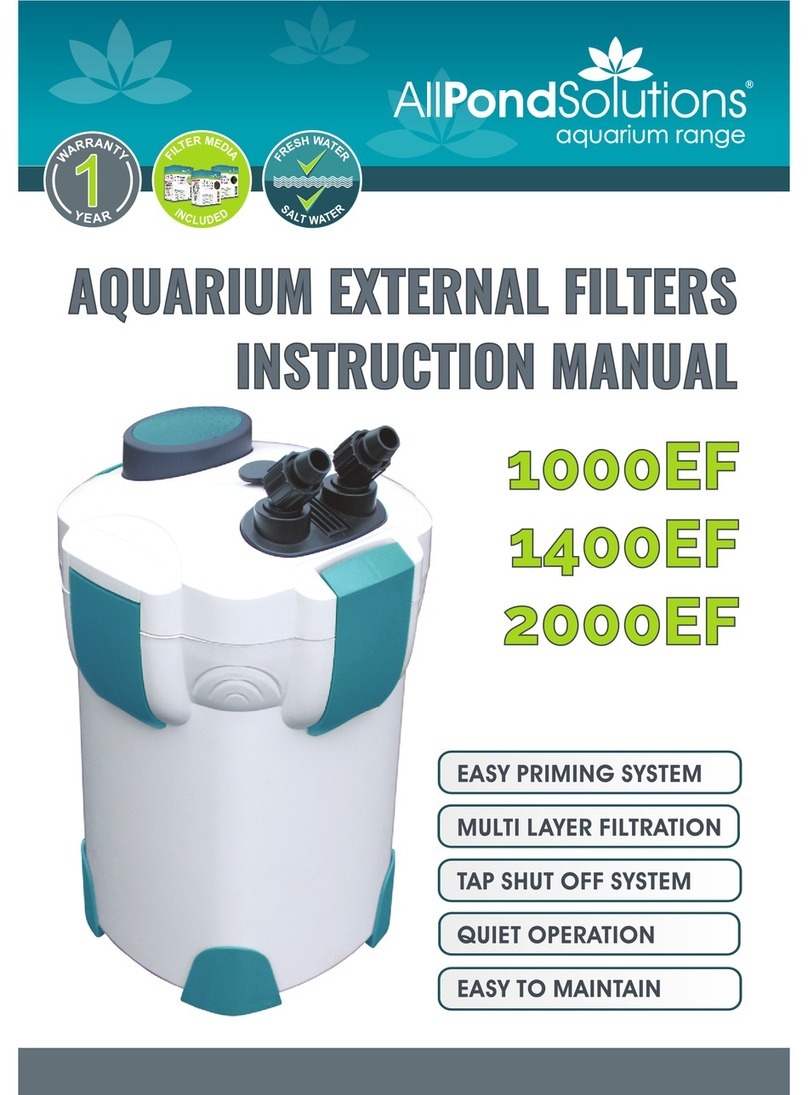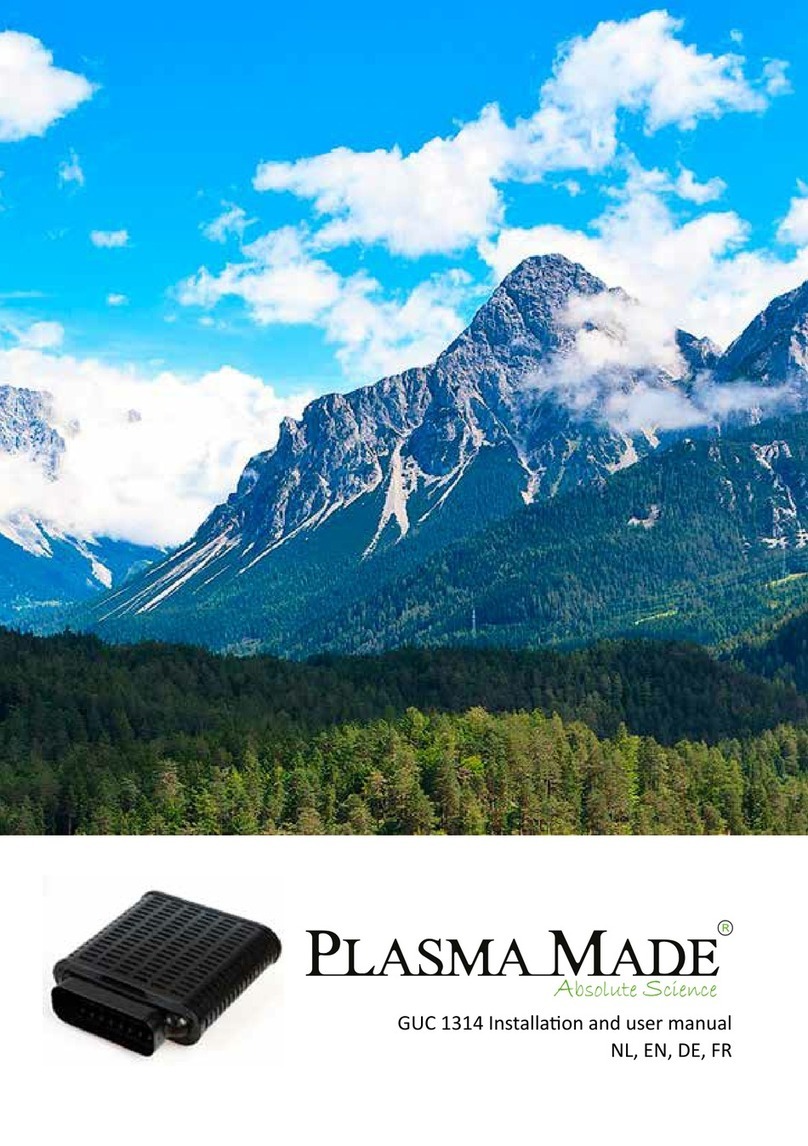
Originalbetriebsanleitung
Abscheider AS
16
AS-4.X.222 Stand 19.07.2022 www.mankenberg.com
3 Kennzeichnung der Armatur
Jede Armatur trägt mindestens die folgenden Kennzeichnungen:
Für Kennzeichnung Bemerkung
Hersteller MANKENBERG Adresse siehe Abschnitt Weitere Informationen
[}25]
Armaturenbauart Abscheider + Typ Bauartbezeichnung lt. zugehörigem
MANKENBERG-Datenblatt
Nennweite z.B. DN oder G und Zahlenwert Zahlenwert für DN in [mm], für G in [inch] (Zoll)
Nenndruck PN oder Class und Zahlenwert Zahlenwert für PN in [bar], für Class in [lbs/square
inch]
Druckangaben sind Überdruck über dem
Atmosphärendruck
Max. zul. Temp Temperatur und Zahlenwert Temperaturen über 50 °C führen zu einer
Abschwächung der Druckfestigkeit. Diese ist
entsprechend der Norm DIN EN 1092 für den
jeweiligen Werkstoff zu berücksichtigen.
Gehäusematerial z.B. CrNiMo-Stahl CrNiMo-Stahl = hochlegierter austenitischer Stahl
Durchflussrichtung mit Pfeil gekennzeichnet
Die Kennzeichnungen (bei Armaturen aus tiefgezogenem Edelstahl am Gehäuse eingeätzt) sollen weder
abgedeckt noch überstrichen werden, damit die Armatur identifizierbar bleibt.
4 Sicherheitshinweise
4.1 Allgemeiner Sicherheitshinweis
Für eine Armatur gelten dieselben Sicherheitsvorschriften wie für das System, in das sie eingebaut ist. Die
vorliegende Anleitung gibt nur solche Sicherheitshinweise, die für die Armatur zusätzlich zu beachten sind.
4.2 Spezielle Sicherheitshinweise für den Betreiber
Die folgenden Voraussetzungen für die bestimmungsgemäße Verwendung einer Armatur sind nicht in der
Verantwortung des Herstellers, sondern müssen vom Verwender sichergestellt werden:
» Die Armatur darf bestimmungsgemäß nur so verwendet werden, wie im Abschnitt Bestimmungsgemäße
Verwendung [}15] beschrieben ist.
» Nur sachkundiges Fachpersonal darf die Armatur einbauen, bedienen und warten. Sachkundig im Sinne
dieser Anleitung sind Personen, die aufgrund ihrer Ausbildung, Sachkenntnis und Berufserfahrung die ihnen
übertragenen Arbeiten richtig beurteilen, korrekt ausführen und mögliche Gefahren erkennen und beseitigen
können.
» Das Rohrleitungssystem muss fachgerecht so ausgelegt und verlegt sein, dass die Armatur spannungsfrei
montiert und betrieben werden kann.
» Die Armatur muss korrekt und in der richtigen Einbaulage (Kondensatablauf unten) eingebaut sein.
» Der Abscheider ist nur für Gase / Dämpfe einsetzbar, deren Feststoffanteil deutlich niedriger ist als der
Flüssigkeitsanteil: Diese Armatur ist kein Staubabscheider.
» Der Abfluss des Kondensats aus dem Abscheider muss bauseits sichergestellt werden.




















